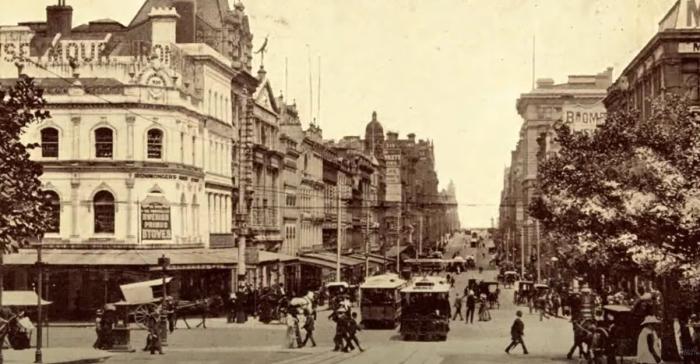Video: History of Melbourne |

The history of Melbourne details the city's growth from a fledgling settlement into a modern commercial and financial centre as Australia's second largest city, Melbourne, in the state of Victoria.
Pre-European settlement
The area around Port Phillip and the Yarra valley, on which the city of Melbourne now stands, was the home of the Kulin people, an alliance of several language groups of Aboriginal Australians, whose ancestors had lived in the area for an estimated 31,000 to 40,000 years. At the time of European settlement the population of Indigenous inhabitants of what is now Victoria was estimated to be under 20,000, drawn from three peoples: the Wurundjeri, Boonwurrung and Wathaurong.
The area was an important meeting place for the clans of the Kulin, as well as a vital source of food, water and a sheltered Bay Area for clan meetings and annual events. The Kulin lived by fishing, hunting and gathering, and made a good living from the rich food sources of Port Phillip and the surrounding grasslands.
Many of the Aboriginal people who live in Melbourne today are descended from Aboriginal groups from other parts of Victoria and Australia. However, there are still people who identify as Wurundjeri and Bunurong descendants of the original people who occupied the area of Melbourne prior to European settlement. While there are few overt signs of the Aboriginal past in the Melbourne area, there are a wealth of sites of cultural and spiritual significance.
In June 2021, the boundaries between the land of two of the traditional owner groups, the Wurundjeri and Bunurong, were agreed after being drawn up by the Victorian Aboriginal Heritage Council. The borderline runs across the city from west to east, with the CBD, Richmond and Hawthorn included in Wurundjeri land, and Albert Park, St Kilda and Caulfield on Bunurong land.
❊ Web Links ❊
➼ Video: History of Melbourne
Disclaimer: Check with the venue (web links) before making plans, travelling or buying tickets.
Accessibility: Contact the venue for accessibility information.
Update Page








